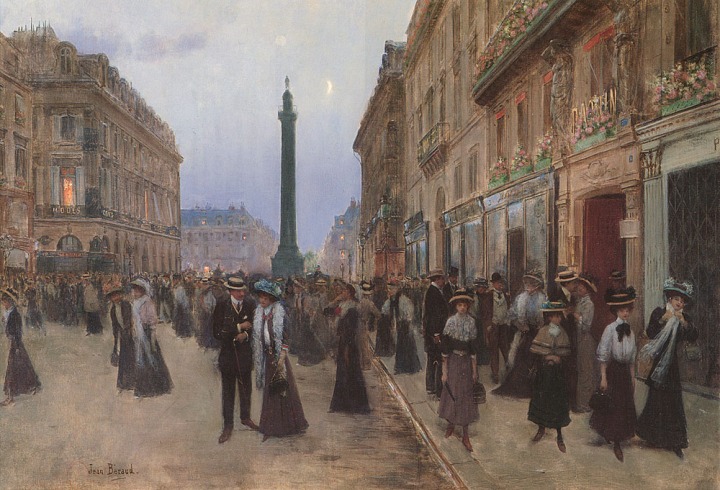
Jean Béraud La Rue de la Paix
Although a period of relative peace and prosperity in France, the Belle Epoque’s benefits do not encompass the whole of the Parisian society; in fact, they favor only the few at the top of the social hierarchy. As the gears of the industrial revolution kept on revolving tirelessly at the turn of the century, an age of rapid change and a dominating materialistic perception emerged in the world – this period in France is referred to as the Belle Epoque. Beneath all of its glamorous depictions, its serenity and splendor; however, lied the struggles of the unheard, the unspoken proletariat which was continuously being separated from the upper class and thus, alienated from the society. In order to understand the social and economic equilibrium of the Parisian society in the Belle Epoque, a brief look at both the domestic and international French politics at the beginning of the Belle Epoque period is required.
I
PRECURSORS
THE FRANCO-PRUSSIAN WAR & THE PARIS COMMUNE
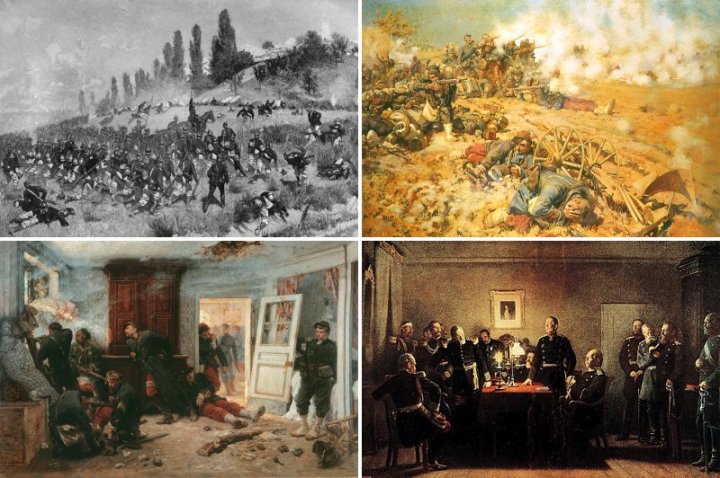
Clockwise from top left:
Prussian infantry at the Battle of Spicheren;
Jeanniot‘s 1886 La ligne de feu (Battle of Mars-La-Tour);
Werner‘s depiction of the capitulation of Sedan;
Neuville‘s 1873 Les dernières cartouches (Battle of Bazeilles).
Although it would be unwieldy to deeply analyze the war between the German Confederation and the Second French Empire, its results and impacts on the society are too significant to ignore completely. Therefore, this section will consist of a brief summary of the conflict and an analysis of its results.
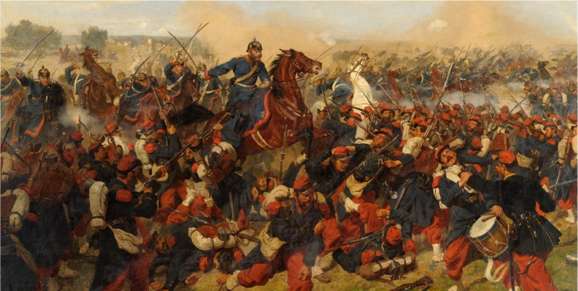
http://francoprussianwar.com/
The provocateur in the war was most assuredly the German Confederation and its expansionist policies. After Germany’s unification with Bismarck, there has always been tensions between France and Germany in continental europe. This tension breaks loose multiple times into devastating effects in both 19th and 20th centuries. The expansionist policies of Germany has led it to destabilize the European balance of power – established by the Congress of Vienna after Napoleonic Wars (1815). The emperor of the French Second Empire, Napoleon III has demanded compensation for this violation, which reassured the war between the two nations. As always, there were “pseudo” justifications for the war – like the assassination of Archduke Franz Ferdinand of Austria before the First World War. The war resulted in a devastating defeat for France, however the German invasion would have been the least of Napoleon III’s problems.
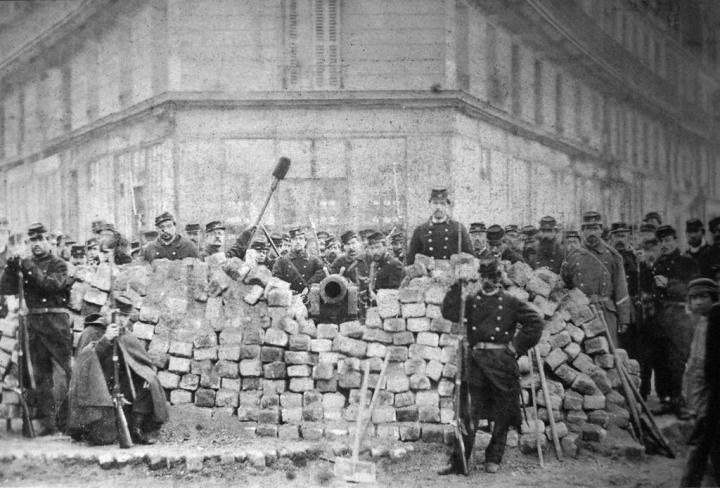
A barricade on Rue Voltaire, after its capture by the regular army during the Bloody Week
As the army of Napoleon III was defeated and the emperor himself was captured, the Government of National Defence was formed and thus the regime was overthrown and the Third Republic formed. However, the Paris National Guard had become politicised – particularly in the working class – and did not recognize the national government. Instead, they elected a commune that was dominated by socialists and revolutionists. This was an open revolt against the government, and resulted in many deaths and the destruction of Paris. The revolt was suppressed at high costs, however the very fact that a revolt of such magnitude could take place tells us a lot about the society of Paris prior to Belle Epoque.
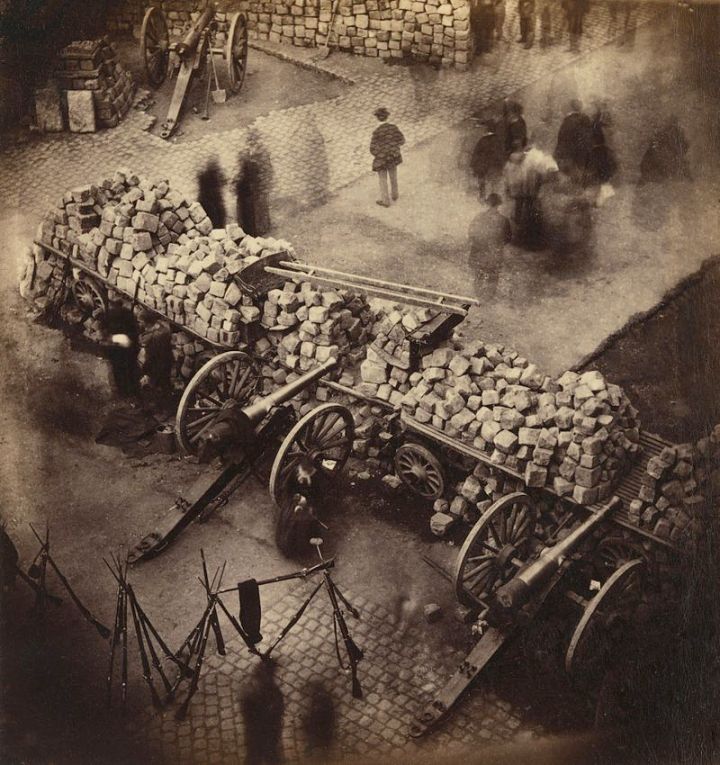
A barricade constructed by the Commune in April 1871 on the Rue de Rivoli near the Hotel de Ville.
Workers constituted a significant portion of Paris’ population: “Of the 2 million people in Paris in 1869, according to the official census, there were about 500,000 industrial workers, or fifteen percent of all the industrial workers in France, plus another 300,000-400,000 workers in other enterprises.” And although the Bonapartists won the 1869 parliamentary elections, the republican candidates have dominated in Paris. Furthermore, during the Franco-Prussian War, a significant portion of the upper and middle class have fled from Paris. This, coupled with the war, obviously caused many economic problems, as well as a significant shift in the demographics of Paris. The First International, prior to the war, was well organized and influential. There were successful strikes and protests, and the workers were clearly discontent with the Emperor. The tensions rose before the war, so much so that entering the war initially had relieved the internal pressures from Napoleon III and created a distraction without which a coup or a revolt was inevitable.
As a conclusion, a class conflict in Paris was rampant prior to Belle Epoque, and its long history should not be glossed over when analyzing the Parisian society. After the commune, the city itself literally laid in ruins and its society on the brink of utter disintegration.
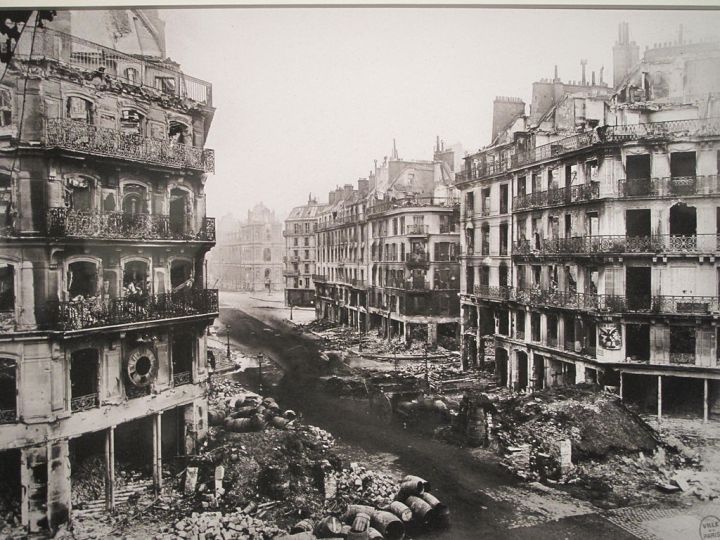
View of the Rue de Rivoli after Bloody Week
II
THE FACADE OF BELLE EPOQUE
THE RICH AND ARISTOCRATIC: TOUT-PARIS
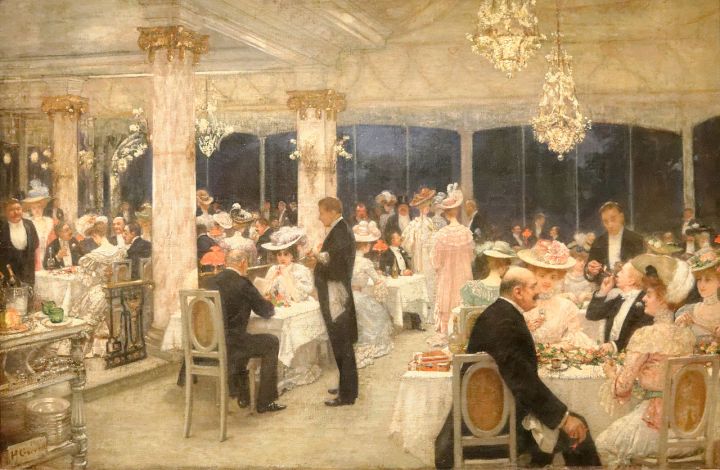
Un soir de grand prix au pavillon d’Armenonvill, Henri Gervex
The Belle Epoque was certainly a relief for the wealthy in Paris, especially after decades of instability and the destruction of Paris itself. The upper class can be divided into several different “layers”, and since the rich loved to separate themselves and meticulously classify their positions, the layers of the upper class is clear and well defined. Bourgeois and aristocrats constitute the two main – and more general – layers in the upper class.
Although France was a Republic during the Belle Epoque, its aristocracy had lived on – most of whom resided in Paris. Aristocrats came in different flavours: Legitimists, who supported the line of the house of Bourbon; Orleanists, who supported the line of the Duke of Orleans; Bonapartists and the descendants of the families ennobled by Napoleon; certain Catholic and Protestant societies. These aristocrats, above all, were the ones to fully benefit from the peace and prosperity brought to Paris by the Belle Epoque.

Henri Gervex, A soirée
The bourgeois consisted mostly of wealthy industrialists. With the second industrial revolution, new means of production have emerged. With no immediate socialist threat – apart from individually acting anarchists -, the wealthy capitalists could seize the means of production for themselves easily and increase their wealth further. This new wealth certainly reflects in the lifestyles of the Tout-Paris (the elite).
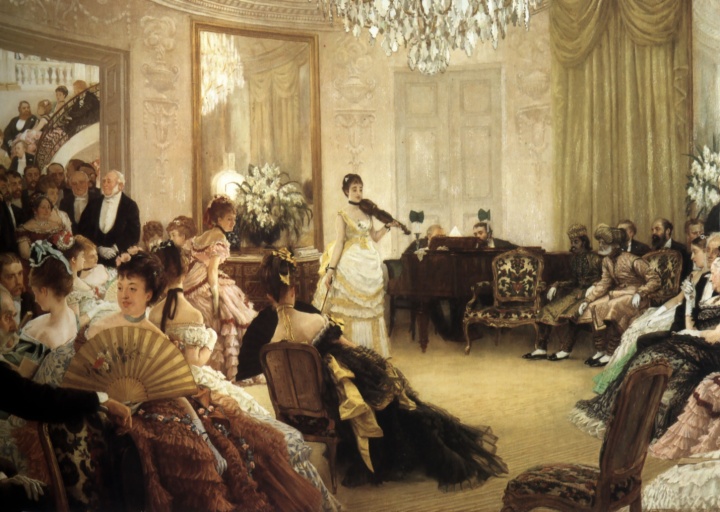
James Tissot, Hush! (The Concert)
“Tout Paris encompassed the smart, the wealthy, the best-dressed, and the well-born, and filled the social pages of Paris’s newspapers. Most were ardent Anglophiles who aped the Prince of Wales’s sartorial tastes and appetite for women, food, entertainment, and gambling. As in England, society revolved around the club, sporting events, and house parties, but unlike in England, club life—the most exclusive being the Jockey, the Agricole, the Travellers’, and the Royale—was social and exciting, with exhibits, balls and concerts that women could attend.” (http://www.edwardianpromenade.com/aristocracy-2/la-belle-epoque-paris-and-its-society)
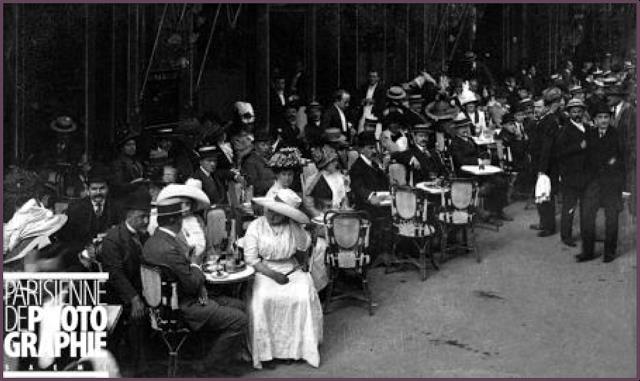
https://leblog1815.blogspot.com.tr/2012/01/la-belle-epoque.html
The lives of the upper class exhibit a disengagement from reality and the troubles in real life in general. This dissociation reflects directly in the lives of the rich, and the structure of society. In a sense, this extravagant and frivolous (in an existential sense) behaviour of the rich is a reaction to modernity. It is a natural response to protect their positions as the highest of the society. Throughout the century, many rural societies – even countries such as Germany – had become modern and progressed rapidly. This, coupled with worker movements and socialist class aware ideas, without a doubt, threatened the rich – especially the aristocrats whose privileges in society were passed on for generations. This threat resulted in a societal structure that was based on the domination of the lesser.
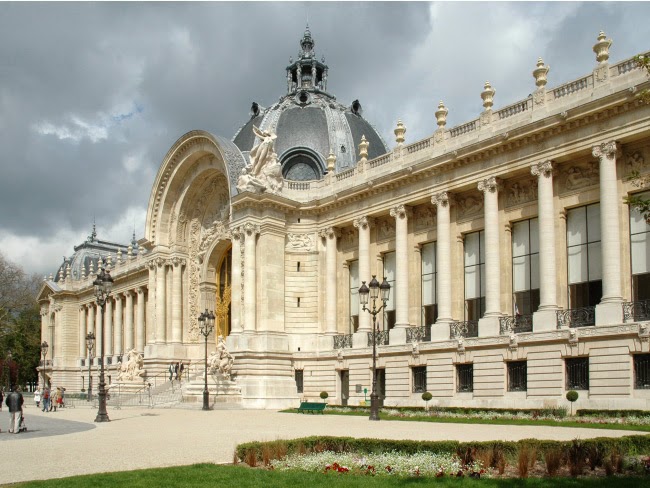
The Petit Palais and its larger sibling, the Grand Palais, were built for the 1900 Universal Exhibition.
III
BEHIND THE FACADE
THE WORKING CLASS
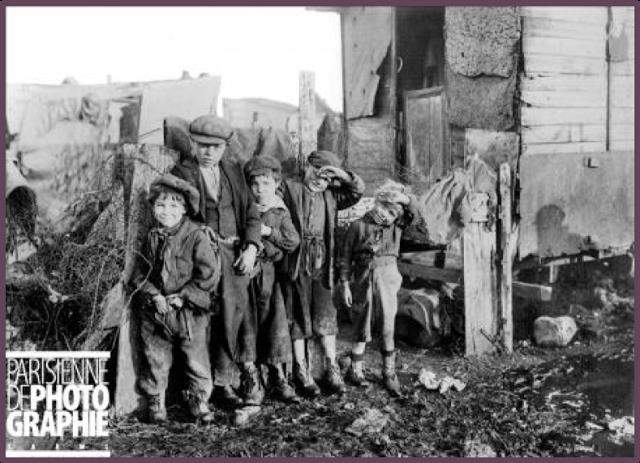
https://leblog1815.blogspot.com.tr/2012/01/la-belle-epoque.html
As is the case for every period throughout history, a certain section’s prosperity and serenity comes with the cost of others’. The Belle Epoque is no exception. There was an ever so growing separation between the proletariat and the bourgeois during the Belle Epoque. Even in the city of Paris itself, neighborhoods and districts have been assigned to a certain class of people. The workers, for instance, could be placed far from the center of the city and use the new public transportation services to commute. This separation is reflected in the various worker movements, anarchist acts and through the works of the revolutionaires.
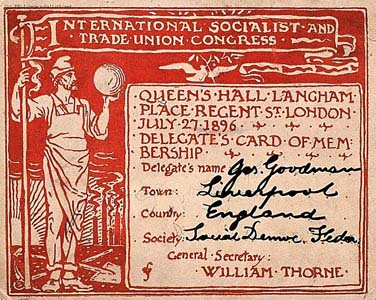
This was one of a series of Congresses held in various European cities, following the establishment of the Second International in 1889.
The Belle Epoque was not a worse time period for the poor, when compared to periods that came before it and the world wars that followed. It was peaceful above all else, young men were not sent on the battlefields to die for their countries (rather for the men that ran their countries.) The city of Paris had been rebuilt, technological advances have brought many new factory jobs and the republic has been reestablished. However, the image of the grandeur, the magnificence and wealth was most certainly not in the grasp of the common man. Coupled with the ongoing isolation and separation of the rich and the poor and the rich getting even richer with improving industry, a socialist solution was sought out.

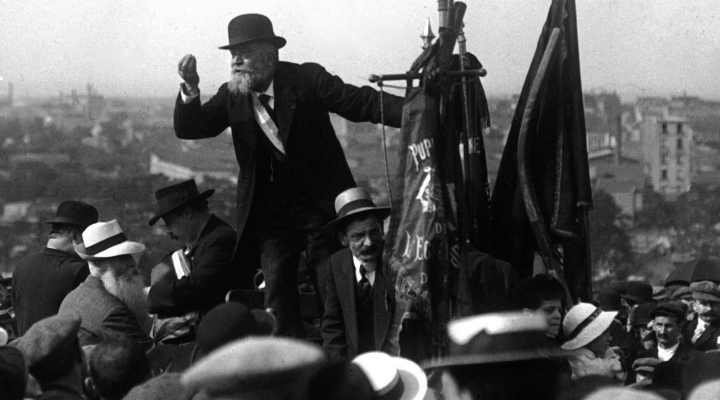
The French Socialist Leader, Jean Jaures, was an influential figure in the Second International
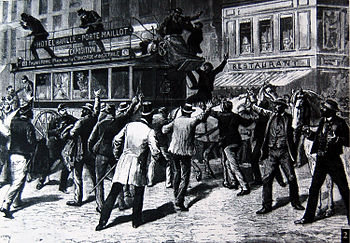
A transit strike in 1891
The Paris Commune, in my opinion, had its effects on the lower class as perhaps a missed opportunity. We have to keep in mind that the commune ran Paris for a certain amount of time – during which many socialist decisions and laws were passed. Although a revolt, if successful it would have been the start of a proletariat dictatorship in Paris which is the most a worker could ever hope for. The commune was repressed by force, and Paris was returned to the rule of the bourgeois. This, from a socialist’s point of view, would have been a greater sorrow than losing the war against Germany. During the Belle Epoque, we see the socialists organizing under the Second International. May 1st and March 8th were declared to be International Worker’s Day and Women’s Day, days we still celebrate today. The Second International was undoubtedly influential, however the First World War proved to be the end of the Second International.
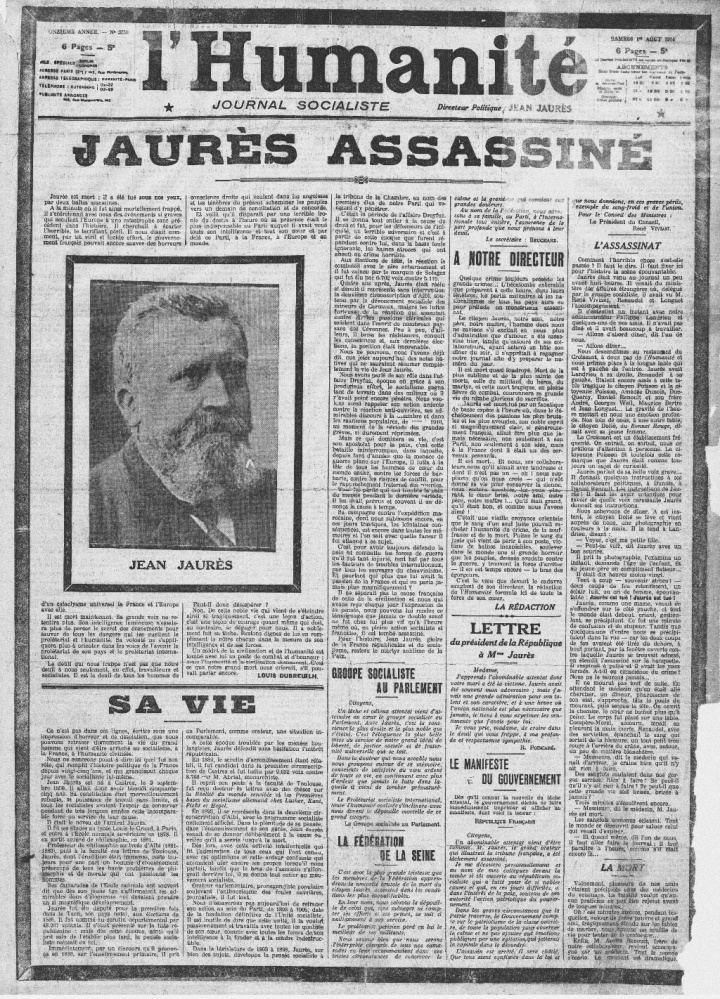
News about the death of Jaures
“The public image of Paris was the creation of romantic capitalists. The reality for many was much more wretched. In what is now the 13th arrondissement, below the Austerlitz station, there were entire families living on the street, and decrepit, overcrowded housing with non-existent sanitation. Further out there were bidonvilles – slums made of cardboard and tarpaulin, from where groups of chiffonniers would walk into town in search of junk, which they’d take home and refashion into objects they could sell.”
http://www.bbc.com/news/magazine-25619822
BIBLIOGRAPHY
Schofield, Hugh. “La Belle Epoque: Paris 1914.” BBC News. BBC, 07 Jan. 2014. Web. 27 Apr. 2017. http://www.bbc.com/news/magazine-25619822
“La Belle Époque: The Twilight of the 19th Century.” La Belle Epoque. N.p., n.d. Web. 27 Apr. 2017. https://www.mdc.edu/wolfson/academic/artsletters/art_philosophy/humanities/belleepoque.htm
“BBC – Culture – The dark side of the Belle Époque.” BBC News. BBC, n.d. Web. 27 Apr. 2017. <http://www.bbc.com/culture/story/20161207-the-dark-side-of-the-belle-epoque>.
Jones, Camille Hadley. “La Belle Époque Paris and Its Society.” Edwardian Promenade. N.p., 07 Apr. 2017. Web. 27 Apr. 2017. <http://www.edwardianpromenade.com/aristocracy-2/la-belle-epoque-paris-and-its-society/>.
“Second International.” Wikipedia. Wikimedia Foundation, 26 Apr. 2017. Web. 27 Apr. 2017. <https://en.wikipedia.org/wiki/Second_International>.
“Belle Époque.” Wikipedia. Wikimedia Foundation, 15 Apr. 2017. Web. 27 Apr. 2017. <https://en.wikipedia.org/wiki/Belle_%C3%89poque>.
“Franco-Prussian War.” Wikipedia. Wikimedia Foundation, 25 Apr. 2017. Web. 27 Apr. 2017. <https://en.wikipedia.org/wiki/Franco-Prussian_War>.
“Paris Commune.” Wikipedia. Wikimedia Foundation, 12 Apr. 2017. Web. 27 Apr. 2017. <https://en.wikipedia.org/wiki/Paris_Commune>.